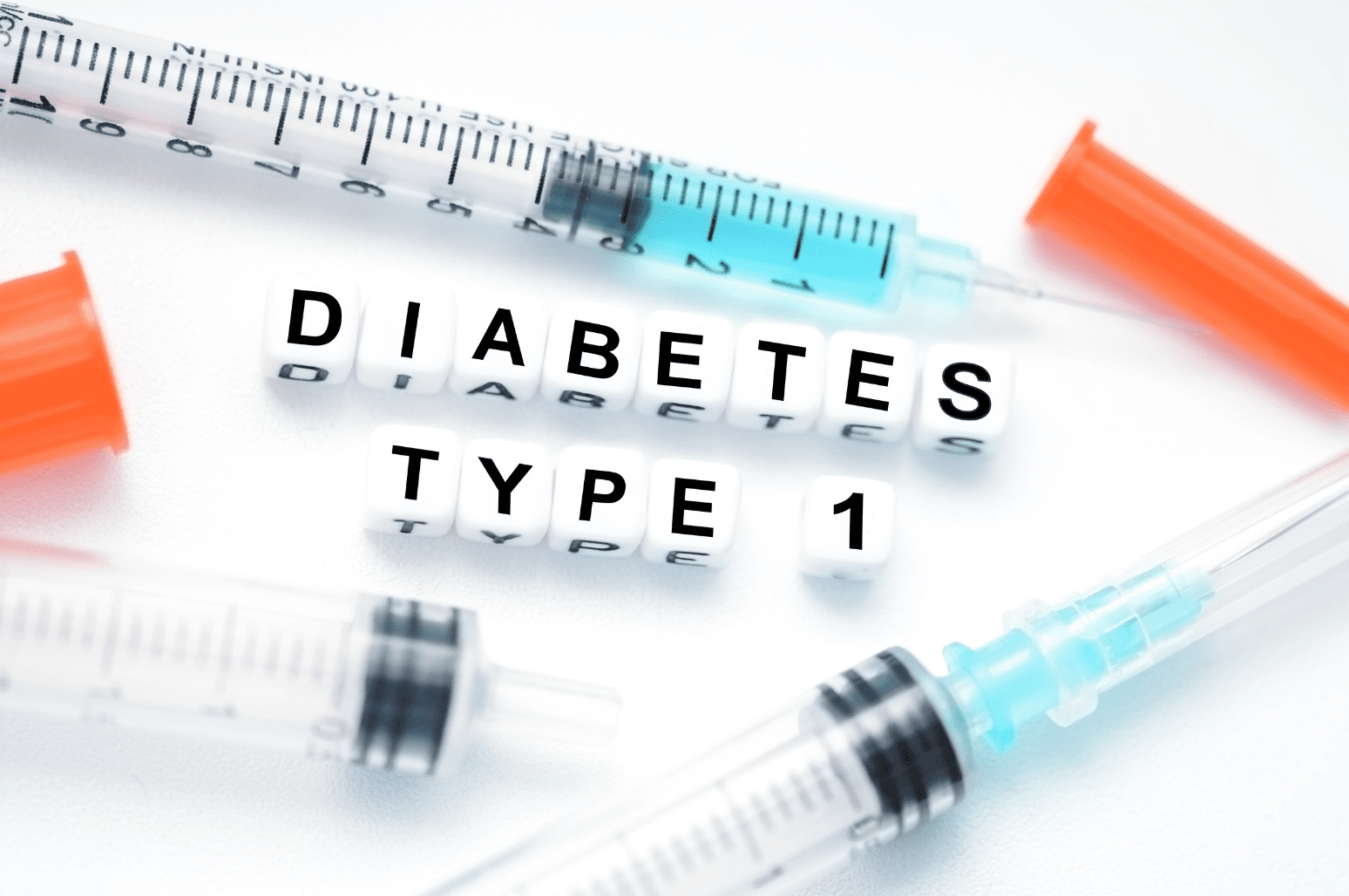Weight Loss from Keto Versus Weight Watchers

Conducted by the University of British Columbia, a peer-reviewed paper was recently published in the Obesity Journal. The randomized trial was led to explore the results of those following a ketogenic diet versus the lower-fat, higher-carbohydrate Weight Watchers protocol. The aim of the study was to compare the outcomes from participants who employed the food choices determined by a keto mobile health app (branded ‘Keyto’) versus participants who followed the Weight Watchers calorie-restricted, low-fat regimen.
First, let’s discuss what these two different diet plans entail.
The Keyto Program
Keyto’s Mediterranean-style keto program was developed by Dr. Ethan J. Weiss, Dr. Ray Wu, and Liane Nakamura. The UCSF preventative cardiologist (Weiss) along with Wu, an MD from Cornell, teamed up with Nakamura—an engineer and product developer.
Keyto is a heart-healthy, low-carb lifestyle and it includes an application which delivers personalized ketogenic nutrition plans, as well as a breath sensor.
The sensor monitors food choices with breath acetone biofeedback. In other words, no more keto strips needed since the sensor picks up acetone levels, and those levels indicate the presence of ketones. Studies show that acetone concentration (BrAce) correlates with the rate of fat loss in healthy individuals. [1]
Not only does the breath sensor let you know if you’re in the metabolic state of ketosis, but its instant feedback also assists with motivation for healthy ketogenic food choices.
The Weight Watchers Program
The application employed by Weight Watchers assigns a budget of a maximum number of points one is allowed to use each day.
Foods are assigned different point values—the higher the food is in fat or added sugar, the more points it has, meaning it takes up more room in the daily budget. A food is assigned less points if it is lower in both fat and sugar.
There are several ‘zero point’ foods meaning they are free and unlimited. Some unlimited foods (which are not allowed on the keto diet) include potatoes and starchy vegetables, high-sugar fruits, brown rice and whole grains, oats, whole wheat pasta, corn, and legumes.
According to their grill sheet, Weight Watchers assigns five points to three ounces of regular ground beef since ground beef is higher in saturated fat. The lean ground beef takes up three points out of the dieter’s daily budget.
An averages-size woman can expect to be given a daily budget of around 16 points—this means she can have unlimited foods consisting of high-sugar fruits, pasta, and rice with suggested reasonable portions, and smaller amounts of foods that contain fat. For example, six ounces of regular ground beef would use 10 of her daily budget points.
The point system leads dieters down the path of a lower-fat, higher-carbohydrate protocol.
Keyto Versus Weight Watchers—Trial and Results
The randomized trial included 155 adult participants, each with a body mass index (BMI) ranging from 27 to 43 (overweight to obese). The objective of the research was to test the Keyto protocol against a “standard of care” dietary and weight loss application (Weight Watchers).

The participants were randomized to one of the two conditions—assessments of weight loss at the 12- and 24-week marks were taken. In addition, baseline blood samples were collected at the start of the trial, followed by another collection at the 12-week mark. [2]
At the 12-week checkpoint, the group following the ketogenic diet, while using the Keyto application and breath sensor achieved two times more weight loss than the Weight Watchers group. More significantly, the Keyto group lost three times the amount of weight than the Weight Watchers group after 24 weeks and had substantial improvements in metabolic health. Cholesterol and other lipids showed no changes of concern. [3]
If you have been curious about the ketogenic diet but unsettled by conflicting opinions regarding the efficacy and safety of the protocol, progressive research is proving the diet to be beneficial for many. While opponents of the keto diet try to suggest that fat intake results in negative cholesterol outcomes, trials such as this show otherwise. In fact, the ketogenic diet incorporates fats (avocado, olives, olive oil, salmon, and nuts to name a few!) that are advantageous for heart health and overall wellness.
References
Anderson J. C. (2015). Measuring breath acetone for monitoring fat loss: Review. Obesity (Silver Spring, Md.), 23(12), 2327–2334. https://doi.org/10.1002/oby.21242
Little, J. (2019, November 18). A weight loss RCT comparing Keyto vs Weight Watchers - Full Text View. Full Text View - ClinicalTrials.gov. Retrieved November 11, 2021, from https://clinicaltrials.gov/ct2/show/NCT04165707.
Falkenhain, K., Locke, S. R., Lowe, D. A., Reitsma, N. J., Lee, T., Singer, J., Weiss, E. J., & Little, J. P. (2021). Keyto app and device versus WW app on weight loss and metabolic risk in adults with overweight or obesity: A randomized trial. Obesity (Silver Spring, Md.), 29(10), 1606–1614. https://doi.org/10.1002/oby.23242








